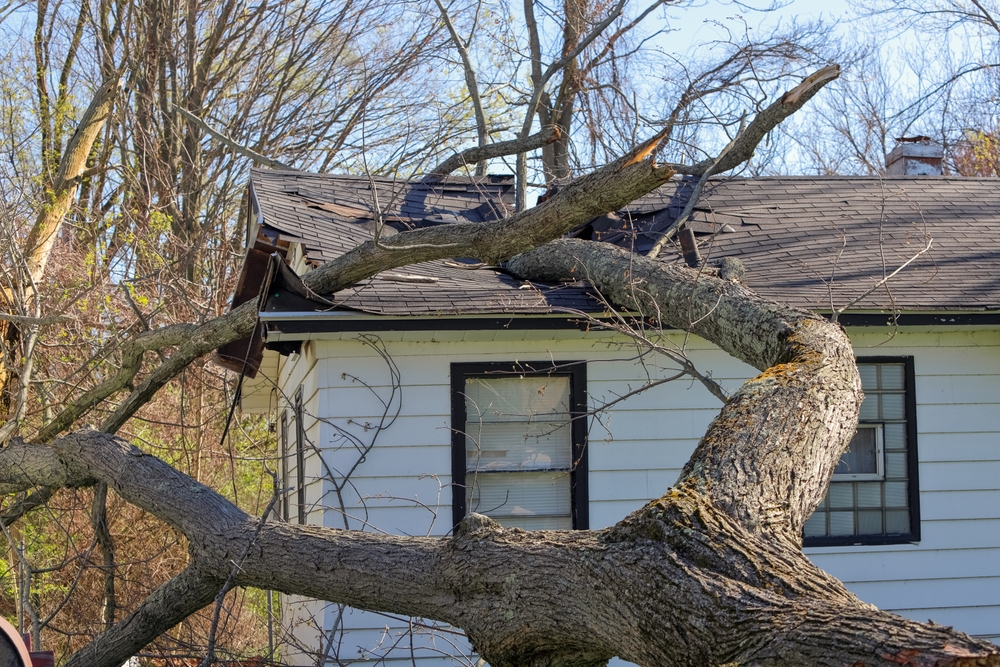Severe storms can leave behind a path of destruction, and one of the biggest concerns for homeowners is fallen trees. Whether a tree has landed on your property, driveway, or even your home, knowing what to do next can help minimize damage, ensure safety, and get your property back to normal as quickly as possible. If you’re dealing with fallen trees after a storm, follow these important steps.

1. Prioritize Safety First
Before assessing the damage, make sure the area is safe. Avoid approaching fallen trees if there are power lines nearby—downed power lines can be extremely dangerous and should only be handled by utility professionals. If a tree has fallen on your home, evacuate immediately and contact emergency services to ensure the structure is safe.
Even if there are no visible hazards, be cautious of unstable branches or partially fallen trees that could shift unexpectedly.
2. Assess the Extent of the Damage
Once it’s safe to do so, take a closer look at the situation:
- If the tree is blocking a road or sidewalk, call your local municipality for assistance.
- If the tree has caused structural damage to your home, contact your homeowner’s insurance company to report the claim.
- If the fallen tree is in your yard but hasn’t caused damage, you may be able to schedule professional removal without involving insurance.
Document the damage with photos and notes—this can be helpful for both insurance claims and tree removal services.
3. Contact a Professional Tree Removal Service
Fallen trees can be dangerous and difficult to remove, especially if they are large or tangled with other structures. Attempting to cut or move a tree yourself can lead to further damage or injury. Instead, call a professional tree service to handle the removal safely and efficiently.
Experienced tree removal experts have the proper equipment and training to:
- Safely cut and remove large fallen trees
- Prevent further property damage
- Grind stumps and clean up debris
- Assess other trees on your property for potential hazards
4. Check Your Insurance Coverage
If a tree has fallen on your home, vehicle, or another insured structure, your homeowner’s or auto insurance policy may cover the cost of removal and repairs. Contact your insurance provider to discuss coverage details, and be prepared to provide documentation of the damage.
In many cases, insurance covers tree removal if the tree caused damage to an insured structure. However, if a tree simply falls in your yard without causing property damage, you may be responsible for the removal cost.
5. Prevent Future Tree Damage
While it’s impossible to stop severe weather, regular tree maintenance can reduce the risk of storm damage. Consider these preventative measures:
- Trim dead or weak branches to prevent them from breaking during storms.
- Remove diseased or structurally compromised trees before they become a hazard.
- Check for leaning trees or exposed roots, which could indicate instability.
- Hire a professional arborist to assess the health of your trees and recommend necessary care.
Proper tree maintenance helps protect your home and property while keeping your landscape healthy.
Need Emergency Tree Removal? Call Hagan & Sons Tree Service
If a storm has left fallen trees or damaged branches on your property, Hagan & Sons Tree Service is here to help. Our experienced team provides safe, efficient tree removal and storm damage cleanup to restore your property as quickly as possible.
Don’t wait—contact us today for emergency tree removal and expert tree care!
